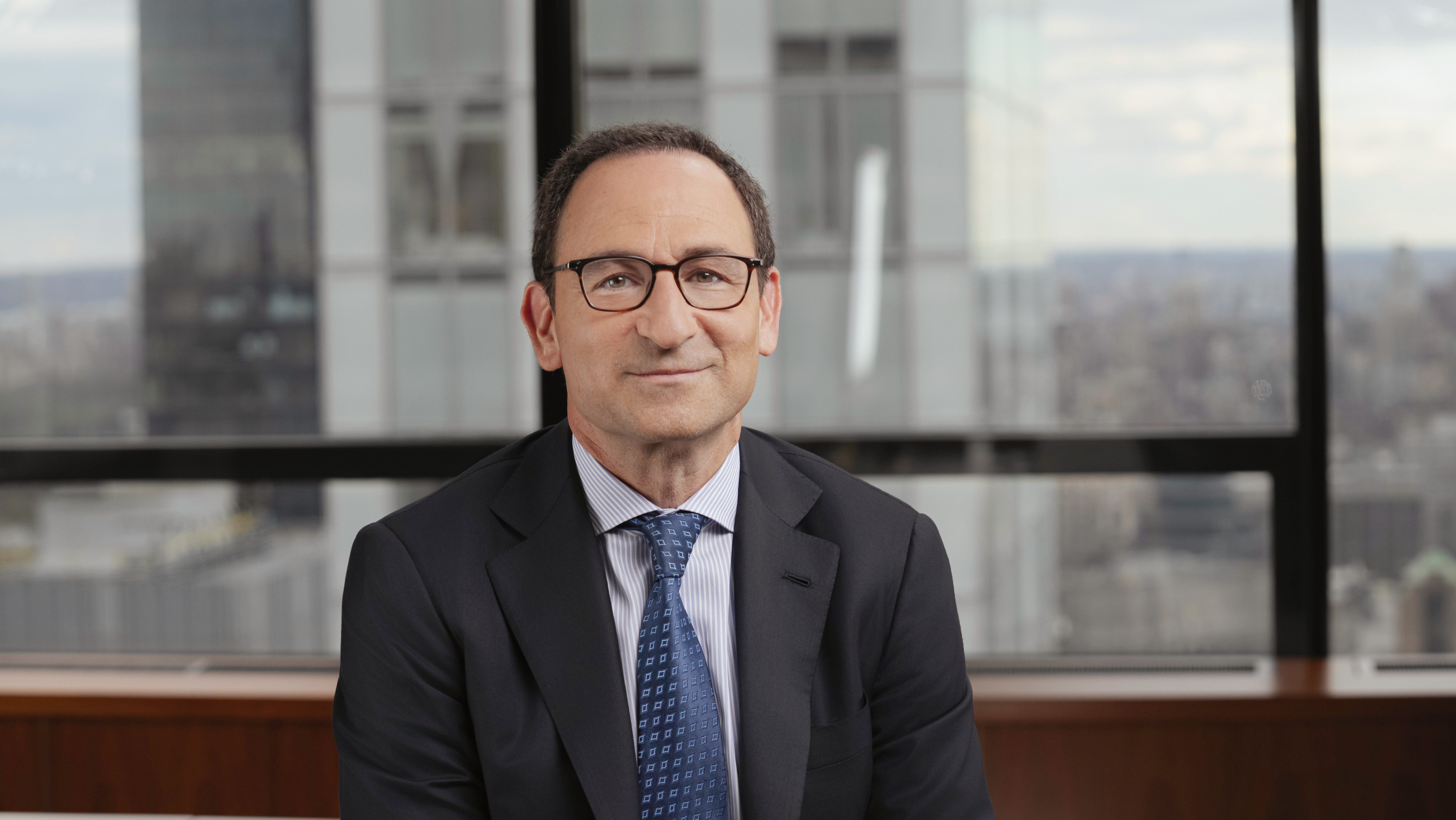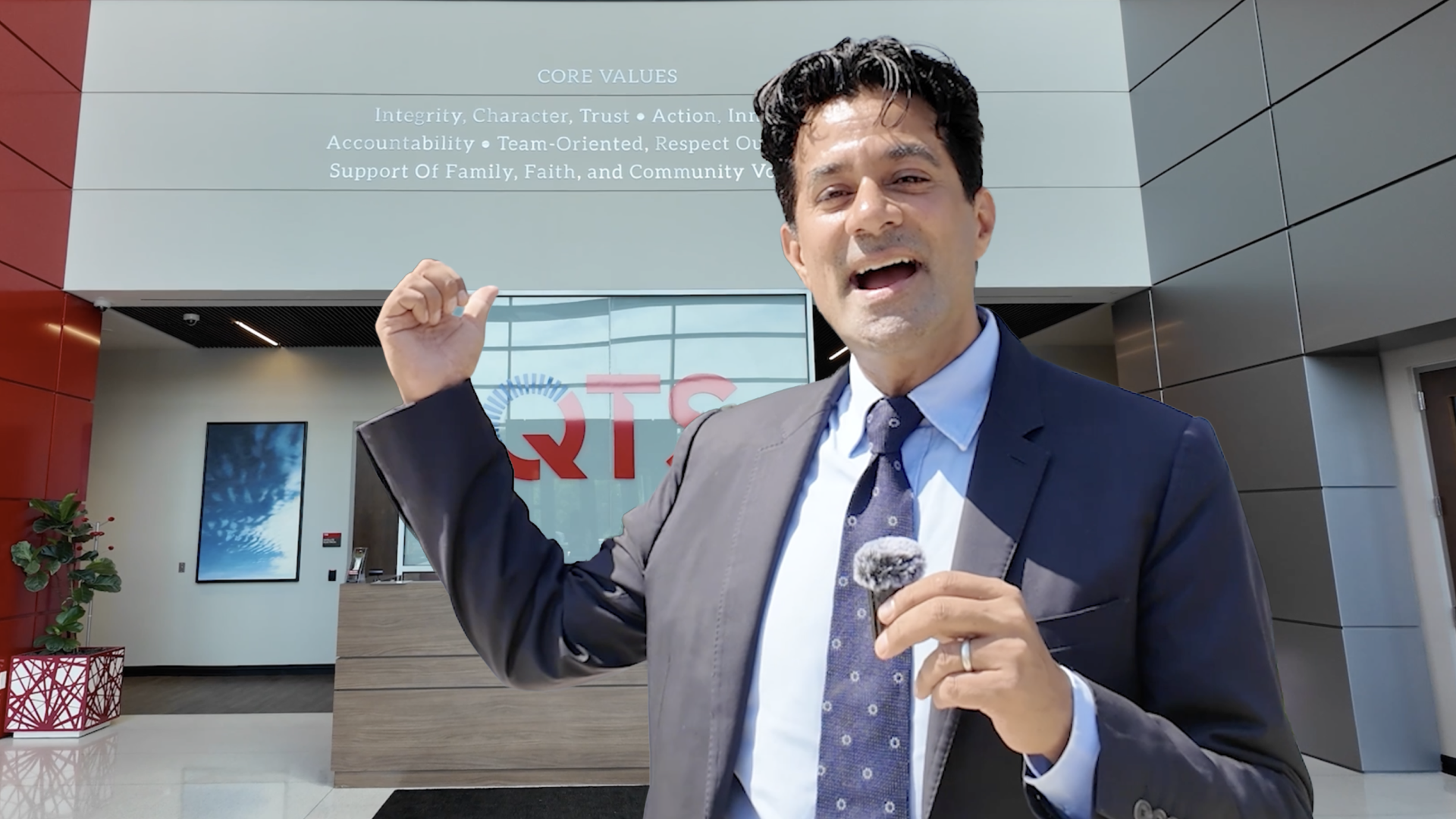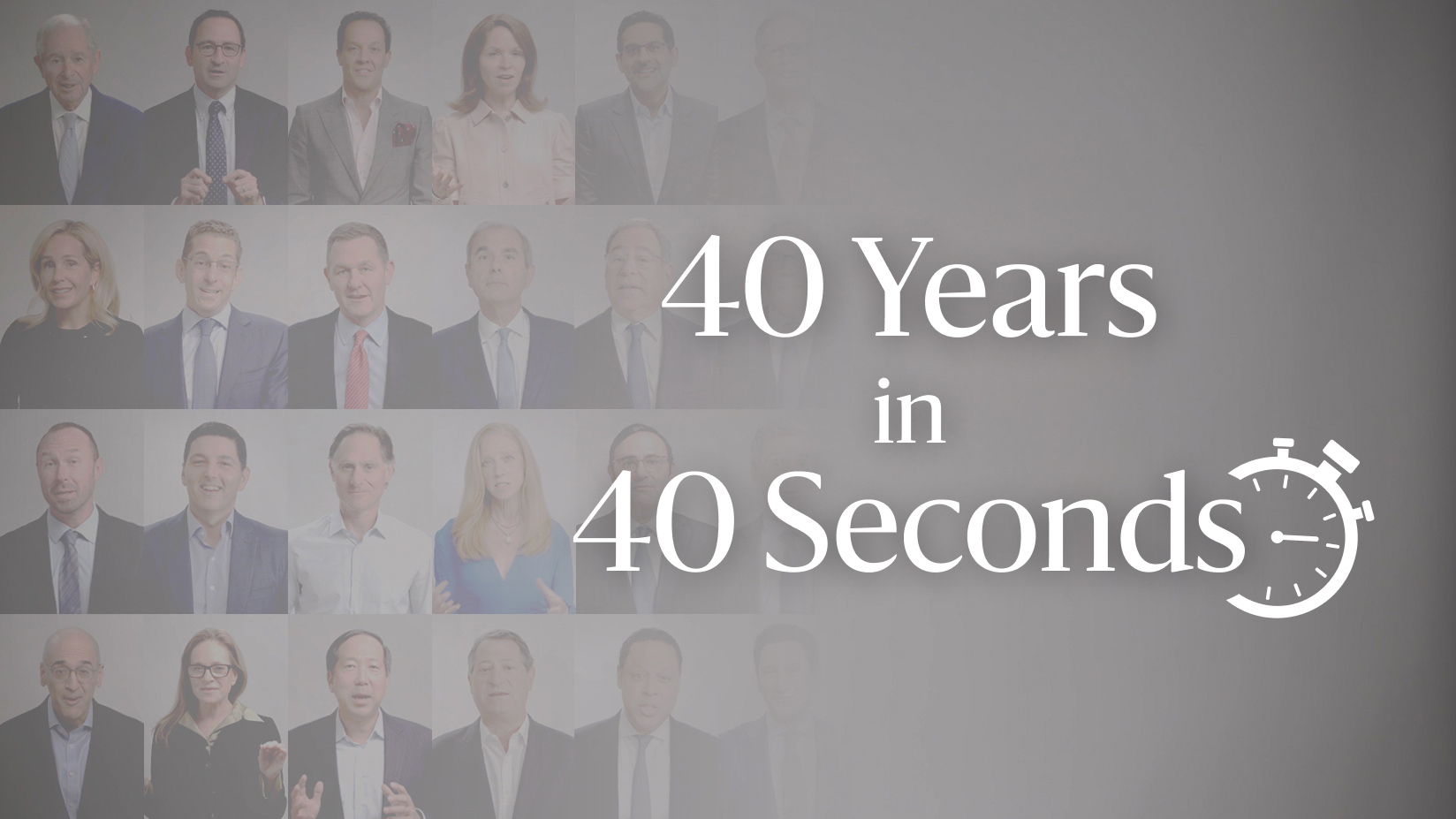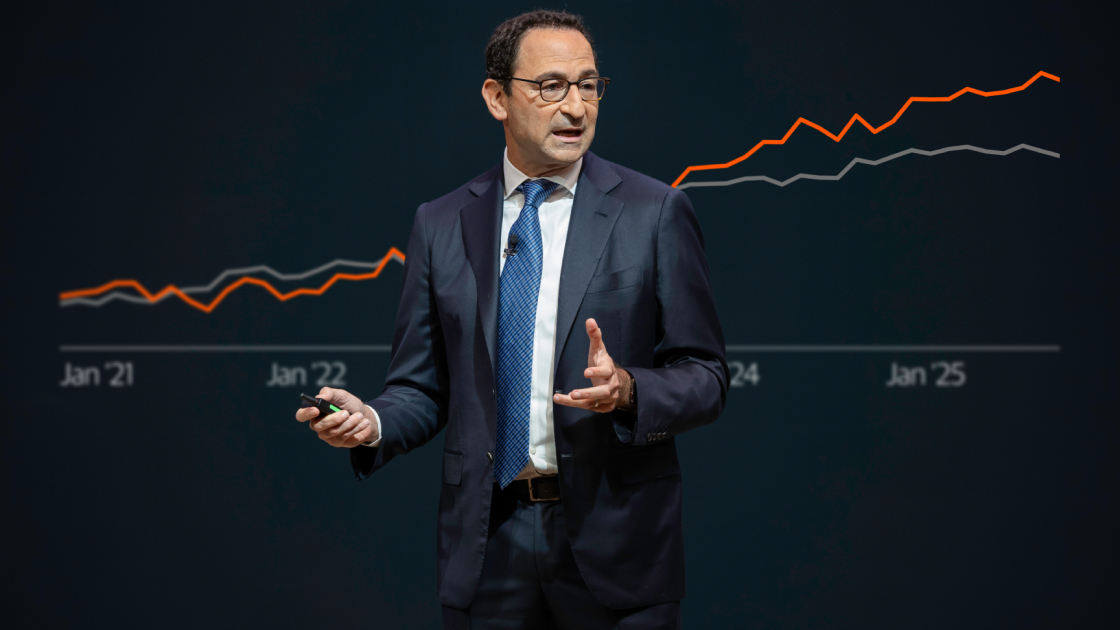Insights

Market Views

Market Views
Real Estate Enters the Next Phase of the Cycle

Portfolio Insights
Vision, Ambition, and Humanity in the Age of AI: Insights from Blackstone’s CEO Conference

Investment Strategy
Private Credit Beyond the Noise

Portfolio Insights
Behind the Scenes: Inside QTS with Farhad Karim

Market Views
The Deal Dam is Breaking

Investment Strategy
Rethinking the 60%

Firm News
40 Years in 40 Seconds

Firm News
Steve Schwarzman & Jon Gray in Conversation

Portfolio Insights
Powering the Future: Blackstone’s Investments across the Energy Value Chain

Portfolio Insights
Supporting Opportunity Through Shared Ownership

Market Views
Jon Gray on the Economy, AI, and Where to Invest Now

Portfolio Insights

